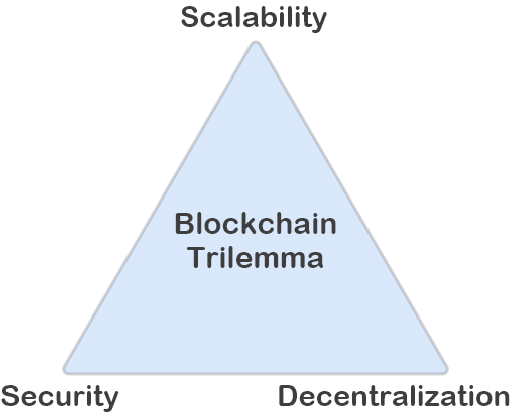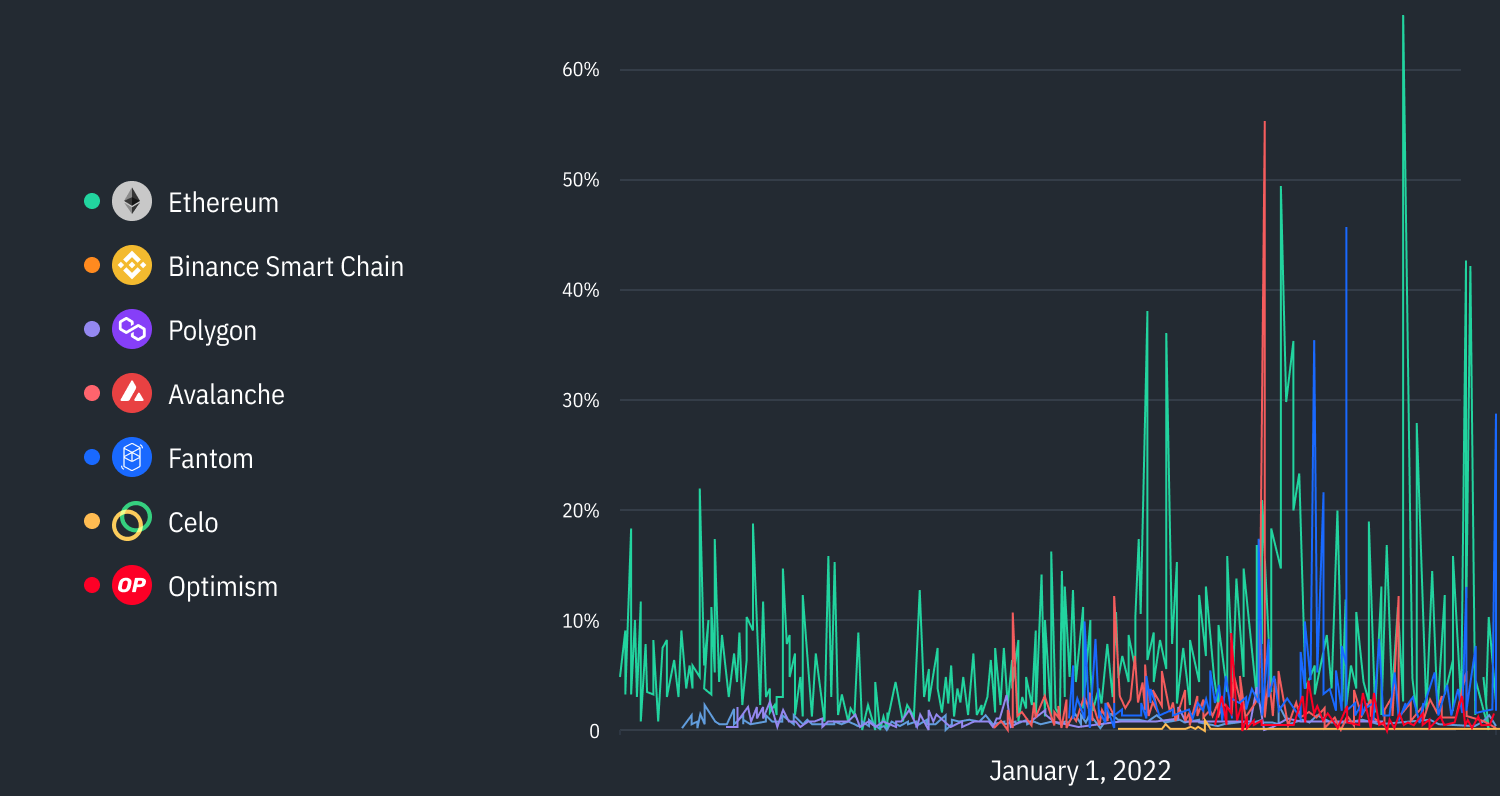
With the widespread adoption of LayerZero and the recent LayerZero airdrop (ref), which could be the biggest airdrop of 2023, it seems like LayerZero is here to stay as an omnichain inoperability layer (whatever that means). But can we really trust a Layer-3 solution to create consensus between blockchains?
Let's start by peeling back the blockchain, one layer at a time!
Layer 1 is the base blockchain; it can validate and finalize transactions using its own network. Examples of Layer 1 blockchain projects are Bitcoin and Ethereum. Layer 1 blockchain networks have their own native token to pay transaction fees and compose products.
When addressing scaling, you’re faced with the Blockchain Trilemma. This is where you're trying to balance decentralization, security, and scalability. All scaling solutions will attempt to strike a balance between these three.

Our three options for achieving these are increasing block sizes, consensus mechanism changes, and sharding.
Layer 2 (L2) protocols are built on top of the Layer 1 blockchain. They do this to try to leverage Channels, Side Chains, and Rollups to try to address the scalability issues with L1 chains.
Examples of L2 blockchains include Polygon, Optimism, and Arbitrum.
Channels allow users to transact multiple times off-chain before reporting it to the base layer. Side Chains have their own independent blockchains that use their own consensus mechanisms and block requirements. Because they can use the same virtual machine they can make their transactions easily compatible with base chains. Rollups group together side chain transactions before reporting these to the base chain.
Layer 3 are blockchain based applications like dApps. Layer 3 is often referred to as the “application layer”.
The “application layer” provides information to Layer 1 for it to process (e.g. smart contracts). Without applications, Layer 3 is what gives the base blockchain function outside of just transactions.
LayerZero is a Layer-3 User Application that is supposed to provide omnichain inoperability layer to allow us to have a consensus between multiple blockchains about transactions and state that exists between each other.
The goal here is that if everyone commits to a standard and sends and receives state from LayerZero, that now, rather than swapping between two coins on avalanche or two coins on ethereum you could now seamlessly swap between two coins on any chain and the possibilities grow for developers.
Maybe. The world has become increasingly omni-chain and ethereum's complete dominance is a thing of the past.

In a multi-chain world, you need to withdraw funds and utilize a Bridge to move them over to a new chain. These different chains have fragmented liquidity and Bridges have had extremely poor security, many bridges like Wormhole Bridge have seen huge hacks (ref).
Right now, two solutions to allowing this omnichain inoperability work are
LayerZero is using an oracle and something it calls an Ultra Light Node which is essentially a smart contract on chain.
The solution it proposes is to use oracles to query a single block-header when it is needed to send information between chains. In order to send a faulty transactions, the oracle and the Ultra Light Node would need to collude.
Some the pros here is that it is secure and cheap. Additionally, individual applications can choose which oracles they would like to accept relays from (if I only trust Chainlink I can choose to only accept their relays). Lastly, if an Application didn't want to trust LayerZero, you can program your own relayer (smart contract) to trust.
In summary, LayerZero does a lot of things to create omnichain dApps that can draw from a larger liquidity pool and addresses many of the shortcomings that have existed with Bridges and the current cumbersome process of having an omnichain dApp.
They have already integrated with Ethereum, Polygon, Arbitrum, Optimism, and more. Check it out today at LayerZero.network.
Be the first to comment...
